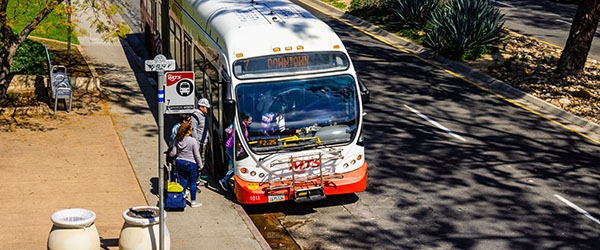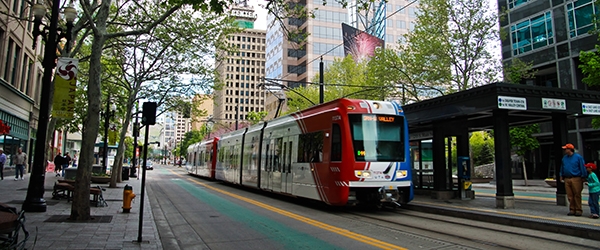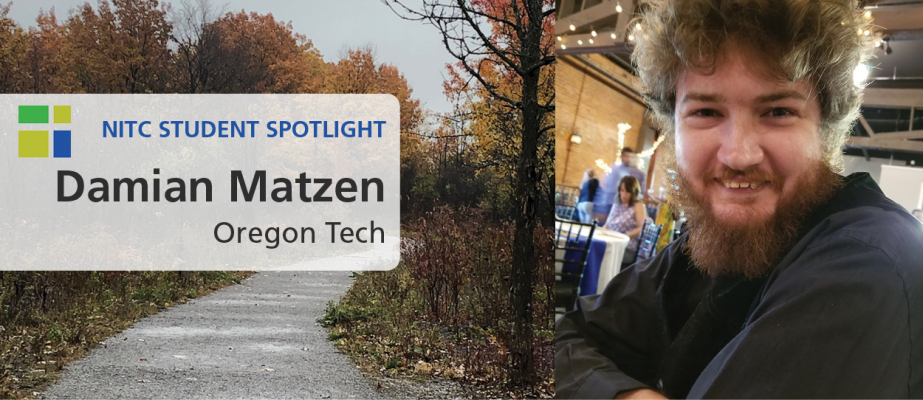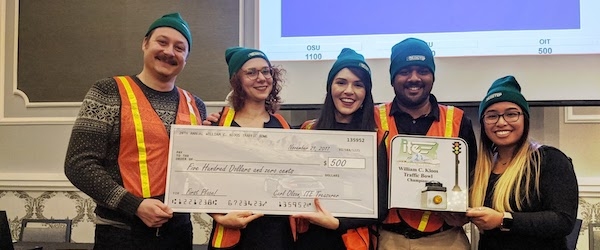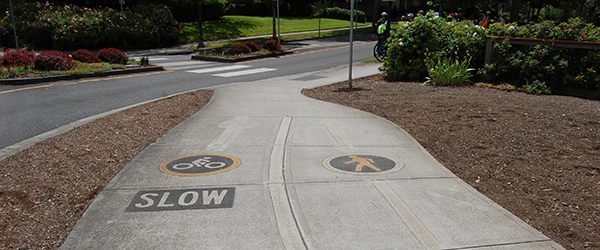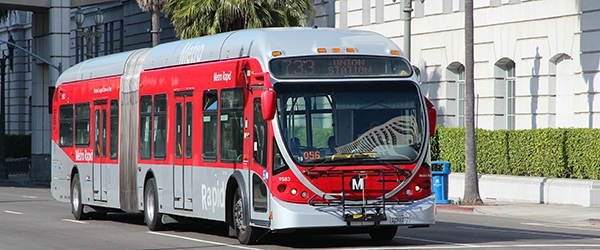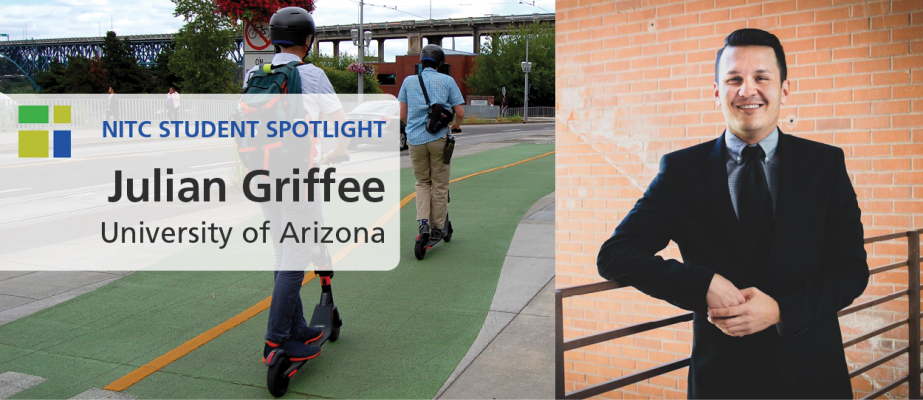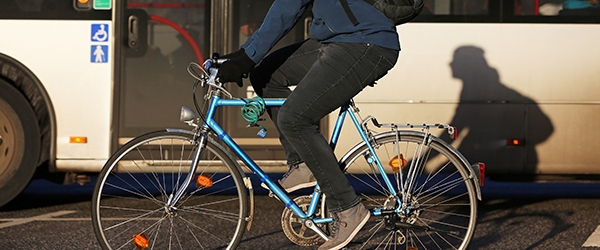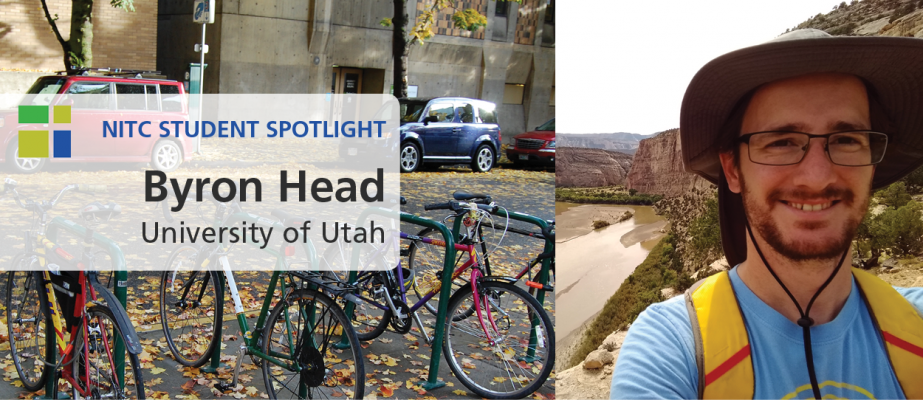Our National Institute for Transportation & Communities (NITC) research program has awarded grant funding for a new series of Small Starts projects.
The latest Small Starts Grant projects, evaluated by the NITC Advisory Board and selected by NITC's Executive Committee, will explore mobility impacts of construction workzones, transportation equity and barriers for low-income travelers, and the widespread impacts of emerging technologies like e-scooters and ride hailing.
This annual NITC funding program is a unique opportunity to tackle small-scale ($20,000 or less in scope) research projects. In contrast to our larger, annual flagship program ($30–150K), Small Starts enables us to include researchers who:
Bring a diverse, interdisciplinary perspective
Offer a new voice in the field, whether they’re untenured faculty or a researcher who has not received a NITC grant before
Want to kick-start a larger project by first tackling an exploratory study smaller in scope
THE...
Read moreConventional four-step travel demand modeling is overdue for a major update. The latest NITC report from the University of Utah offers planners better predictive accuracy through an improved model, allowing for much greater sensitivity to new variables that affect travel behavior. Specifically, it accounts for varying rates of vehicle ownership, intrazonal travel, and multimodal mode...
Read moreTell us about yourself?
I’m a third-generation college student from rural Oregon who has always had a passion for solving complicated problems and wading through numbers. My early days were spent with Camp Fire USA exploring local wilderness areas and teaching the younger kids about how to survive. As I grew older, my hobbies began to shift towards the virtual world. Video games became a big part of my life around middle school, with them becoming the dominant hobby during high school. As school became more intensive, video games had to take a back seat, becoming a weekend hobby. During school, I devoted time to helping my classmates and anyone else in the degree who needed it. I never went so far as to give the other students answers, but I would explain terms and equations and do my best to guide them towards the right process.
...
Read moreLast week the Portland State University’s Students in Transportation Engineering and Planning (STEP-ITE) group competed in the 28th annual Bill Kloos Traffic Bowl Competition held by Oregon ITE.
Competition in this trivia-based challenge was fierce, but the PSU student team took first place against the ITE student chapters of Oregon State University, Oregon Tech, and the University of Washington. In addition to bragging rights, they won a $500 cash prize that will go towards supporting STEP student activities for PSU transportation students.
Portland State University 2019 Team
- STEP President Nicholas Puczkowskyj | PhD Candidate, Urban Studies
- STEP VP Finance Rohan Sirupa | Graduate Student, Civil Engineering
- STEP VP Communications Katherine Keeling | Graduate Student, Civil Engineering
- STEP VP Events Gabby Galvez | Undergraduate Student, Civil Engineering
- STEP VP Creativity Polina Polikahina | Undergraduate Student, Civil Engineering
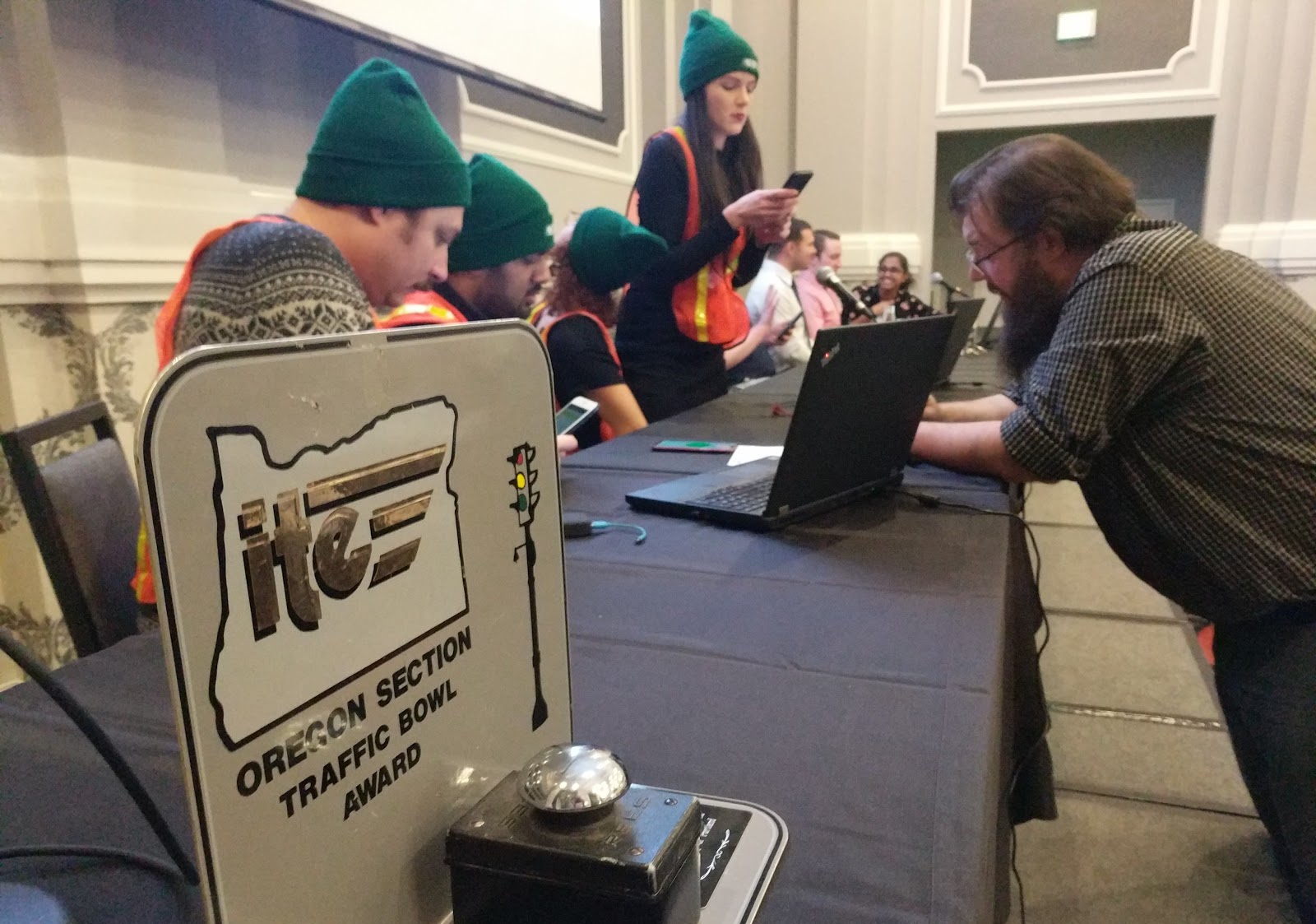
Photo Credit: Oregon ITE Chapter
In addition to this annual event, Oregon ITE...
Read moreIn the past decade bike and pedestrian count programs have sprung up all over the United States, gathering data to evaluate biking and walking infrastructure. However, these modes have not been studied with the quantitative rigor applied to motor vehicle travel. A research project funded by the National Institute for Transportation and Communities (NITC), led by Nathan McNeil of Portland State University (PSU), offers a method for monitoring the quality of this bike-ped count data.
... Read moreJulian Griffee is a second-year masters student in urban and regional planning at the University of Arizona and a 2020 TRB Minority Student Fellow. He has worked as a planner, volunteered with the Peace Corps in Albania, and worked on bicycle and pedestrian transportation. He is currently a Climate Adaptation Outreach Assistant for the City of Tucson, Arizona.
Tell us about yourself?
My name is Julian Griffee, a current 2nd year M.S. Urban Planning Candidate and Paul D. Coverdell Peace Corps Fellow at the University of Arizona. Originally from Wilmington, North Carolina, I received my B.S. in Geography with a concentration in land use planning from the University of North Carolina at Charlotte. Professionally, I have worked as a Planner I, have embarked on a Peace Corps service as an Urban and Regional Planning Volunteer to Albania, have interned within the City of Tucson Department of Transportation Bicycle and Pedestrian Program as well as the Burlington-Graham Metropolitan Planning Organization in North Carolina, and now I am working with the City of Tucson’s Planning and Development Services Department where I research climate adaptation policies. During my time with the Bicycle and Pedestrian Program, I assisted in the development...
Read more- Download the Poster Presentation for “Evaluation of Bus-Bicycle and Bus/Right-Turn Traffic Delays and Conflicts” (PDF)
When buses and bikes share space, it's complicated. Not only are there safety risks for cyclists, but also potential delays in bus service and stressful navigation for bus operators. The quest to increase bus speeds—and plausibly...
Read more- Download the Project Brief (PDF)
- Read "The experience of transportation to visit a Nursing home resident: a case study" published in the May 2020 issue of Social Work in Health Care
Older adults who live in nursing homes are at an increased risk for depression and anxiety, and research has shown that social...
Read moreByron Head is a masters student in the department of City and Metropolitan Planning at the University of Utah. His focus is on active transportation and transportation demand management, and he is joining the University of Utah's sustainability office as the first Sustainability Graduate Assistant. Prior to beginning the masters program at UU he worked for the Tennessee Department of Transportation as a transportation program monitor.
Tell us about yourself?
It’s been quite a winding road for me to end up in the world of transportation planning. I went to Ole Miss for my undergrad in International Studies and Arabic because I thought I wanted to join the Peace Corps. Then I thought I wanted to be an English teacher, then a biologist. Eventually, I stumbled across a TDOT job posting in the Division of Multimodal Transportation Resources and thought to myself, “Multimodal? That means, like, bikes and buses and walking, right? I like riding my bike!” And that’s how I ended up working for TDOT, which eventually led me to the University of Utah.
I’m in my first semester of the Master of City and Metropolitan Planning program at the University of Utah. Outside of work and school, I enjoy cycling and playing Ultimate Frisbee. Since I’ve moved to Utah, I’m trying to get better at cycling up mountains because we don’t have those in Tennessee. I’m also...
Read more
